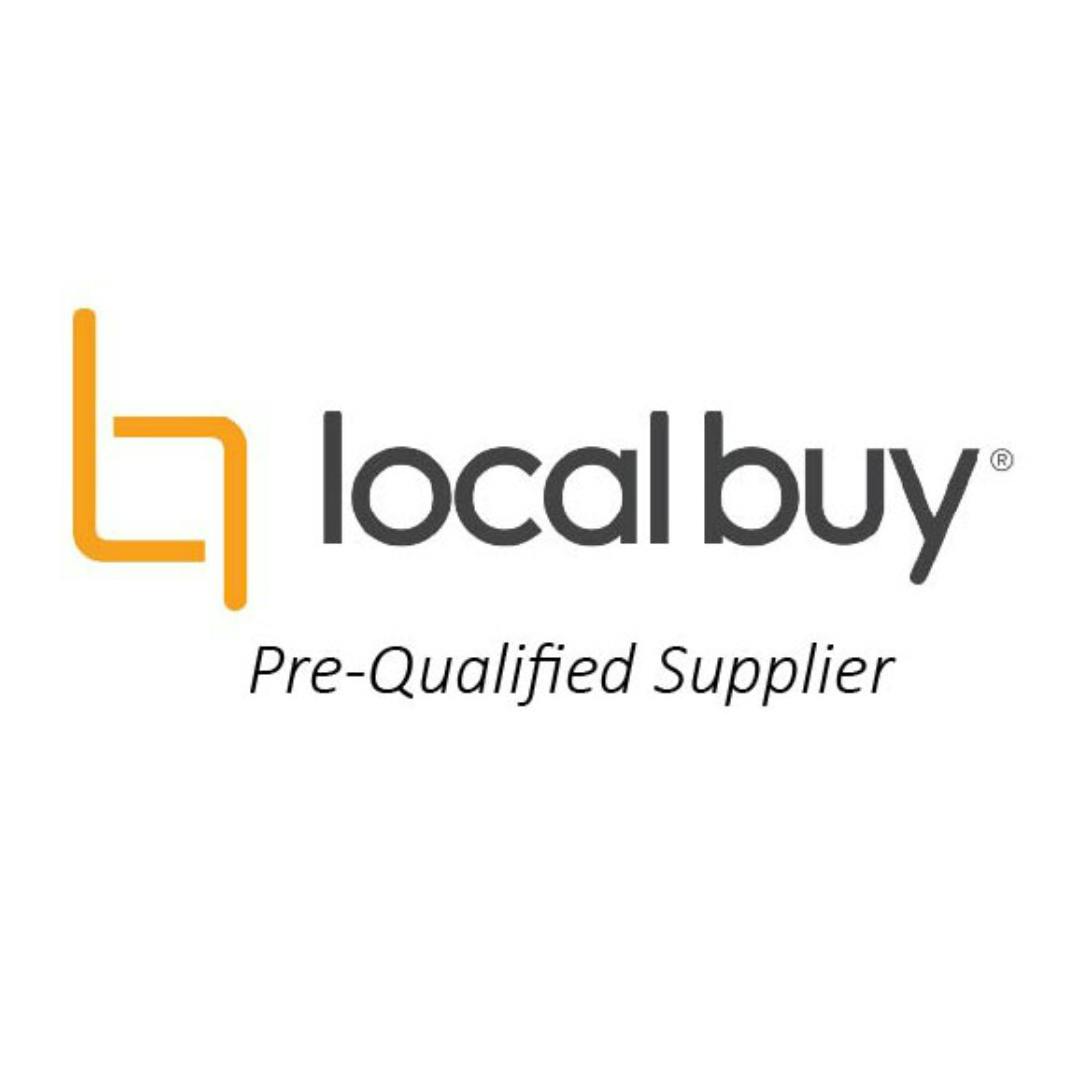I have read many excellent articles about the housing crisis. Many of these articles focused on:
- the ever-increasing affordability issue (or should it be better described as unaffordability) due to increasing interest rates;
- the crisis surrounding the shortage of social and affordable housing; and
- one of our greatest societal challenges, the number of our fellow Aussies homeless.
Overlay these issues with an estimated population increase of 2.2 million people by 2046 just in Southeast Queensland, taking the total population of the region to 6 million. With the construction industry and associated planning issues stacking up, there is a temptation for many of us is to bury our heads in the sand and convince ourselves that it is all too hard.
I am going to call BS on that belief.
Keep It Simple Stupid (KISS)
I am a great believer in the KISS concept. To this, I refer to myself as stupid when I find myself going down the ‘it’s all too hard or confronting’ path.
One thing I think we can all do is examine our own fears and dare I say, prejudices, when it comes to acknowledging that one of the solutions is for all of us to accept that we must revisit our current urban footprint and look at ways to sensibly cater to the increase the population density.
Put another way, we need to have more Aussies living in closer proximity to us and there must also be a significant number of dwellings that are classified as social and/or affordable.
Background
I previously published an article titled “Think Social and Affordable Housing is Just About Money? Overwhelming Community Support Matters“. In this article, I delve into the critical role that community support plays in the success of social and affordable housing projects. While financial backing is essential, having overwhelming community support is equally crucial for these initiatives to thrive.
Anything less than strong community backing can lead to a ‘Not In My Back Yard’ (NIMBY) sentiment, which can be detrimental not only to the construction industry but also to the beneficiaries of these housing projects.
I discuss the definitions and differences between affordable and social housing, and present alarming statistics that underline the urgent need for such housing in Australia. For instance, Sydney’s median house transfer price has nearly doubled from $615,000 in 2013 to around $1.2 million in 2023. Meanwhile, the proportion of social housing households has declined from 4.8% in 2011 to 4.1% in 2022.
Various strategies from both federal and state governments aim to address these issues, such as the National Housing and Homelessness Plan and the Housing Australia Future Fund. However, the construction industry faces challenges, including labour and material shortages, financial instability, and regulatory hurdles.
I also touch upon the growing ‘Yes In My Back Yard’ (YIMBY) movement, which aims to counter NIMBY sentiments and advocates for sensible housing policies.
In conclusion, I argue that a concerted effort from all levels of government is needed to educate Australians about the housing crisis. Without winning the hearts and minds of a significant majority, this issue risks becoming a local political football with dire human consequences.
Subsequently, I read this excellent ABC article titled “Australia’s housing crisis impacted by ‘Nimby Paradox’, Griffith University researcher says” and it really spoke to me.
The NIMBY Paradox
Griffith University Cities Research Institute Director, Paul Burton, discusses the ‘NIMBY Paradox’ as a significant factor exacerbating Australia’s housing crisis. The paradox arises when residents oppose housing developments that could increase housing availability in their suburbs yet complain when essential workers are priced out of the area.
This opposition to high-density developments has a ripple effect, leading to understaffed cafes, hospitals, and police stations, as people can’t afford to live close enough to work in these places.
Industry Individual Positions
Fiona Caniglia, Head of Queensland’s peak homelessness and housing body, Q Shelter, emphasises that the housing crisis is not just a localised issue but a “colossal problem” affecting even those on higher incomes.
She is quoted as saying:
“This piece about Not In My Back Yard, when you have a home and you’re saying other people shouldn’t have a home, I have a fundamental problem with it.”
In relation to dealing with the housing crisis, Ms Caniglia expressed the view that Queenslanders should deal with the housing crisis in the same way the state pulls together to deal with natural disasters:
“If a storm swept through Queensland and took out 150,000 homes — which it could — what would we do? I think we’d have such a different mindset.”
The ABC article also highlights the growing housing crisis on the Gold Coast, where the city is running out of space to build, and high interstate migration is pushing people to the outskirts.
Zone Planning Group Director, David Ransom, notes that this “flight to affordability” is forcing residents into long commutes from formerly rural areas.
Queensland Housing Minister, Meaghan Scanlon, advocates for more affordable housing and calls herself a “YIMBY” (Yes In My Back Yard).
In this, Professor Burton suggests that while the suburban dream won’t disappear overnight, there will be a gradual shift towards higher-density living. The piece concludes with a call for a shift in mindset, urging Queenslanders to come together to solve the issue.
I’m a YIMBY person. Top of Form
I currently live in Kelvin Grove, Brisbane and I love it. It is a culturally rich, vibrant, diverse community. I am within easy walking distance of everything I need, and it is only 3km from the city. Of all the places I have lived in Brisbane, it is my favourite.
On that note, using my living experience, let’s look at how much the population and dwelling density vary through a postcode analysis.
Since arriving in Brisbane 28 years ago, I have lived in various inner city and outer suburbs, so I have had a taste of high-density and traditional outer suburb detached dwelling living.
Below is a population profile of all relevant postcodes.
What is the point I am trying to make?
I have been a very fortunate homeowner at McDowall, Gaythorne, The Gap, and Kelvin Grove.
Just using one comparison example, the distance between Kelvin Grove and The Gap is 8.9 kilometres. However, per square kilometre there are 2,779 more people living at Kelvin Grove than at The Gap. Comparatively, per square kilometre there is 1,373 more dwellings at Kelvin Grove than at The Gap.
I am not for any minute proposing that The Gap should undergo such a massive transition that over time, it reflects the same population and dwelling profile as Kelvin Grove.
However, I am suggesting that the population and dwelling range needs to close between these two Brisbane Suburbs, that outside peak hours, takes about 20 minutes to drive from one to the other.
I can honestly answer a resounding YES that if I was still a homeowner at the Gap, I would strongly support a sensible and transparent transition to increasing the population and dwelling density in this beautiful Brisbane suburb.
With proper planning, the character of The Gap could be preserved and indeed culturally enriched.
Watch this space!
This week Emily Taylor and I had the absolute privilege in interviewing Jackson Hills of Q Shelter in an episode of our Deconstruction Podcast.
Jackson understands all the various housing challenges I have done my best to highlight in this and my previous related article, but obviously is far more articulate or knowledgeable than I am.
I would encourage all readers of this article to look out for this episode when it is published in a few weeks’ time.
Not intended as legal advice. Read full disclaimer.




